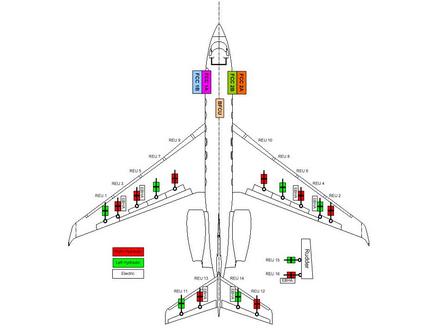I've been watching the youtube animations of major aircraft disasters as well as the cable tv show that shows the after crash investigations.
In this one video he talks about asking people about automation in aircraft. I say yes it has its place and makes pilots lazy as well. But like in the Max 8, I say there needs to always be a full manual system to fall back on, and a huge 6 inch diameter red button above both pilots heads that can be hit to disengage all the electronic controls in an emergency, and allow fly by cables or mechanical linkage to the control surfaces. I think the A10 has such systems.
In this one video he talks about asking people about automation in aircraft. I say yes it has its place and makes pilots lazy as well. But like in the Max 8, I say there needs to always be a full manual system to fall back on, and a huge 6 inch diameter red button above both pilots heads that can be hit to disengage all the electronic controls in an emergency, and allow fly by cables or mechanical linkage to the control surfaces. I think the A10 has such systems.




